
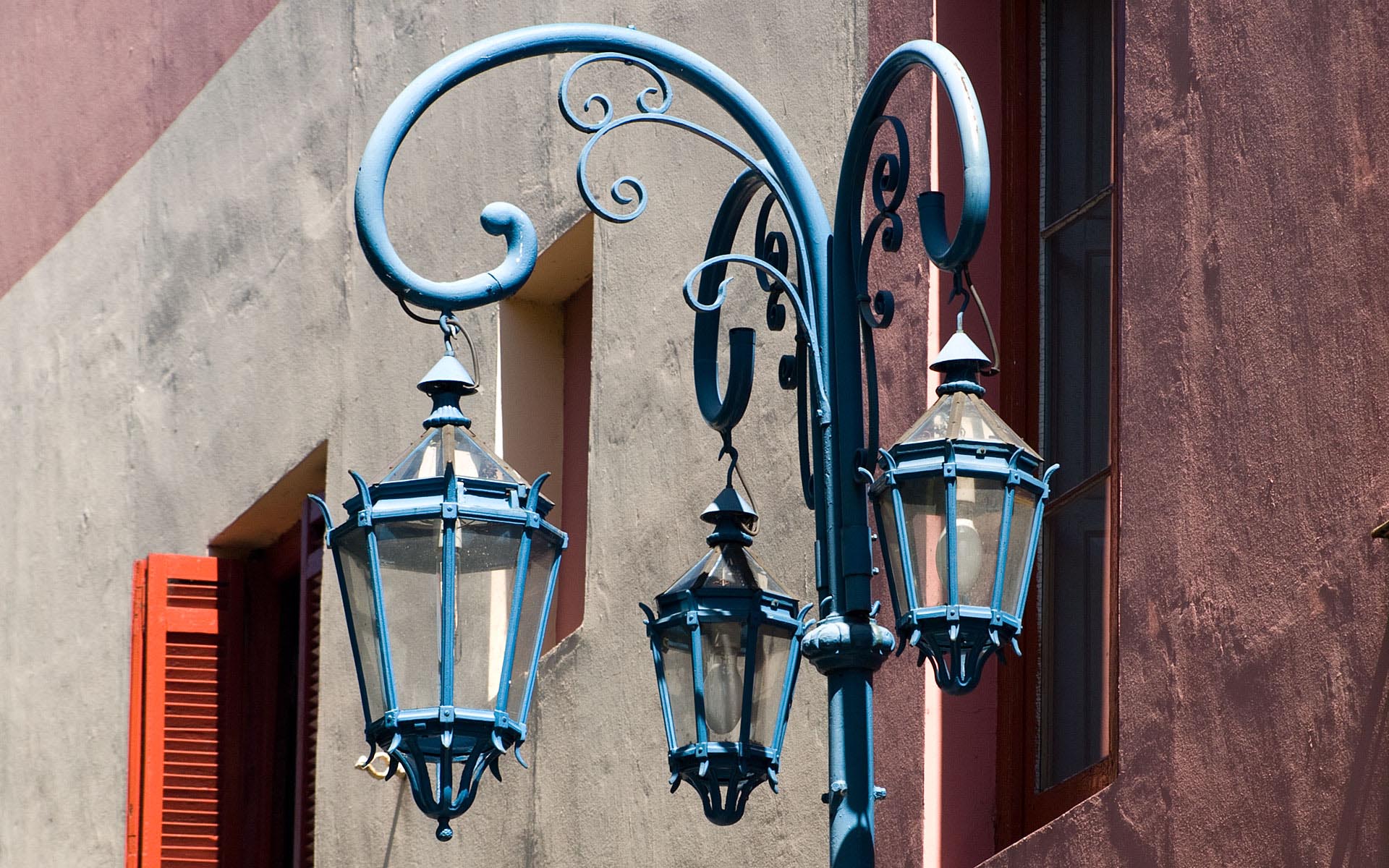
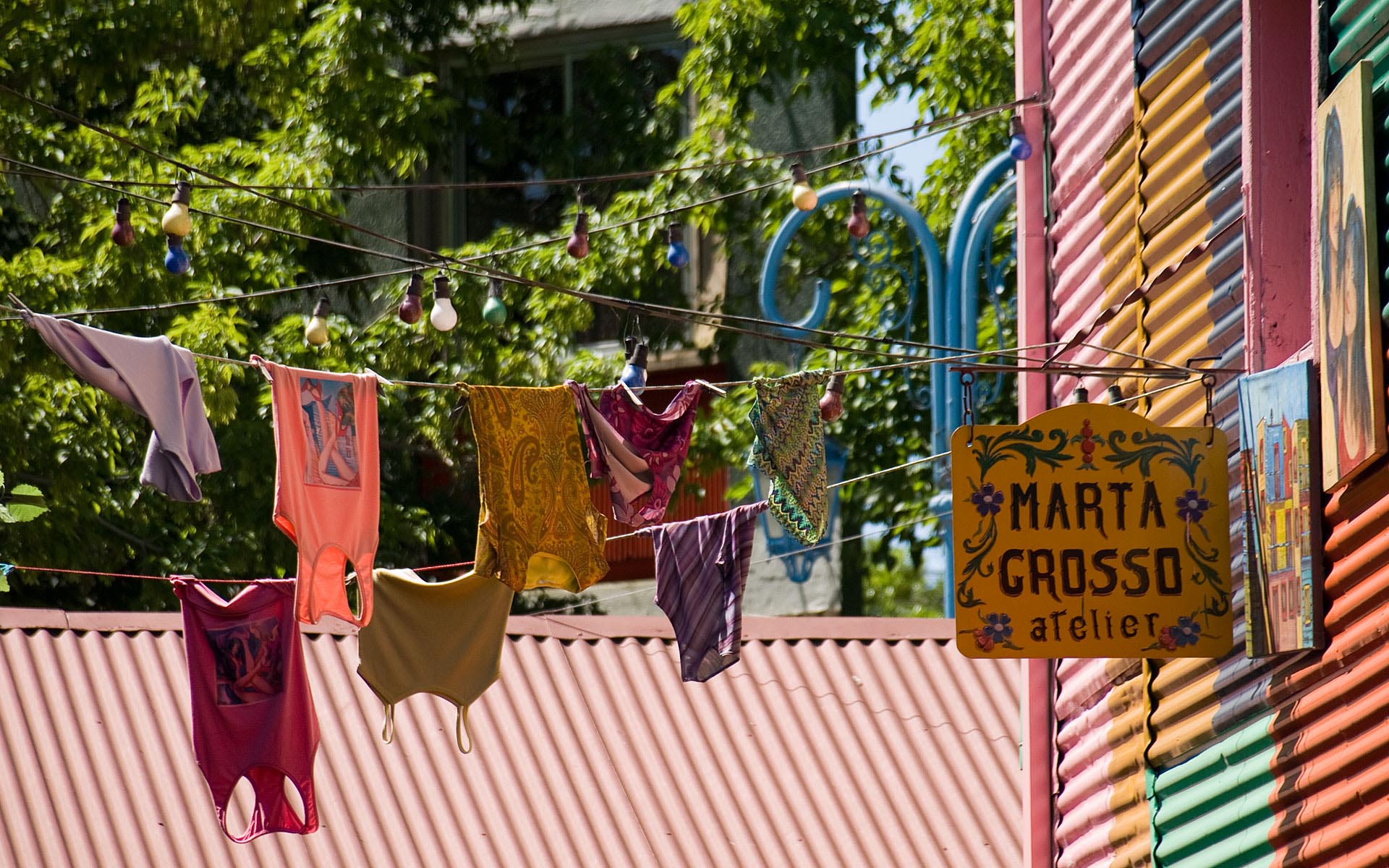



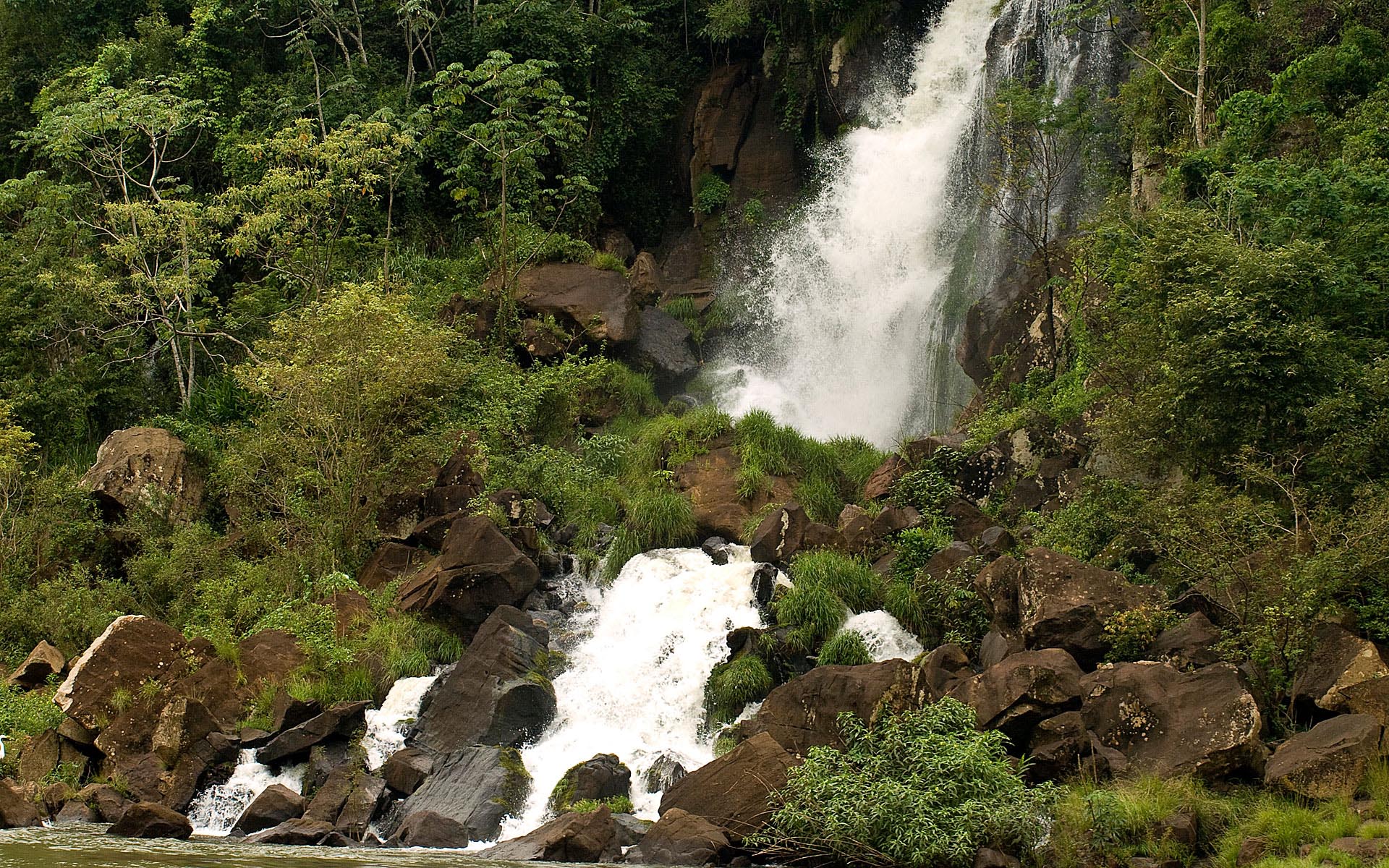
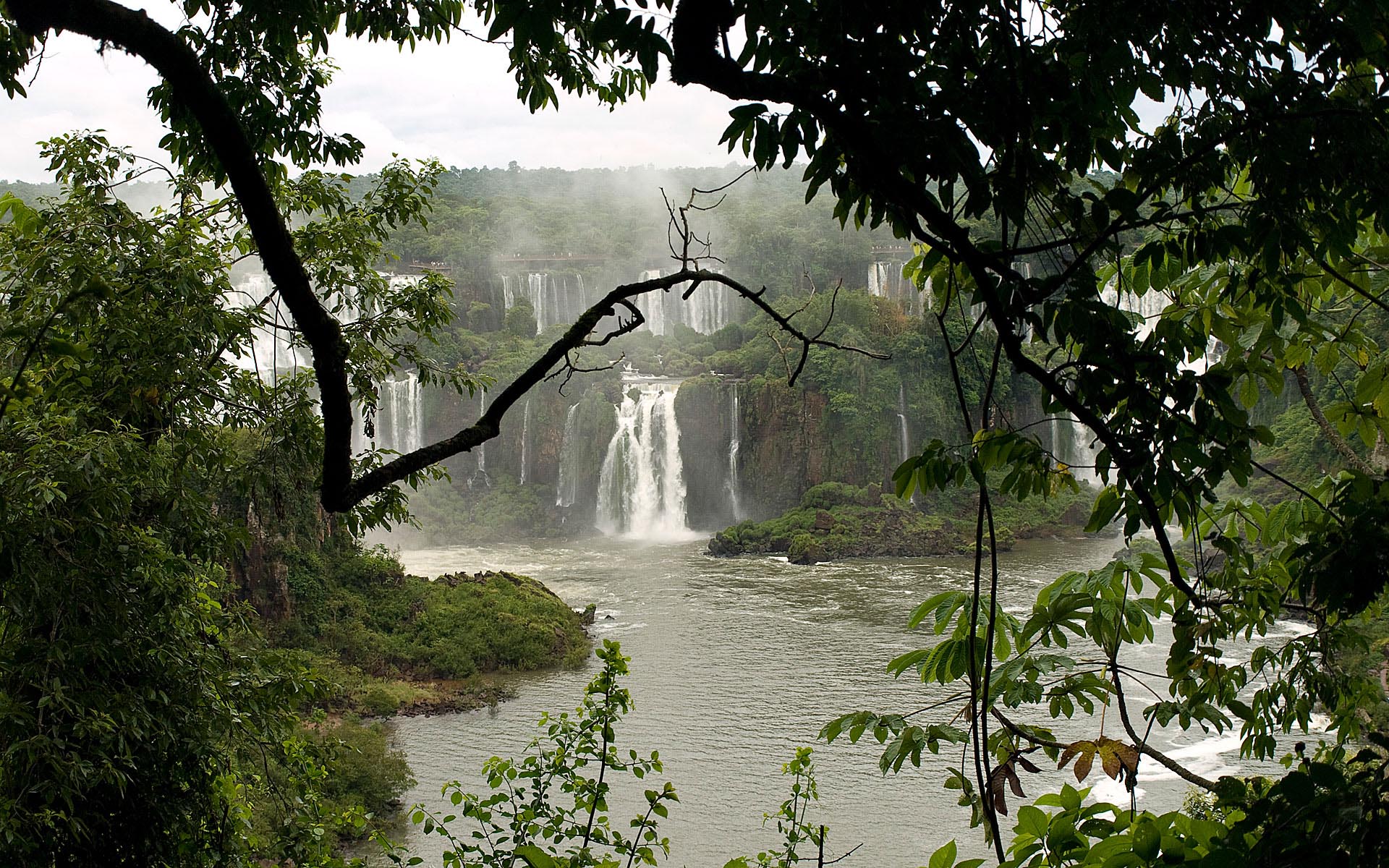
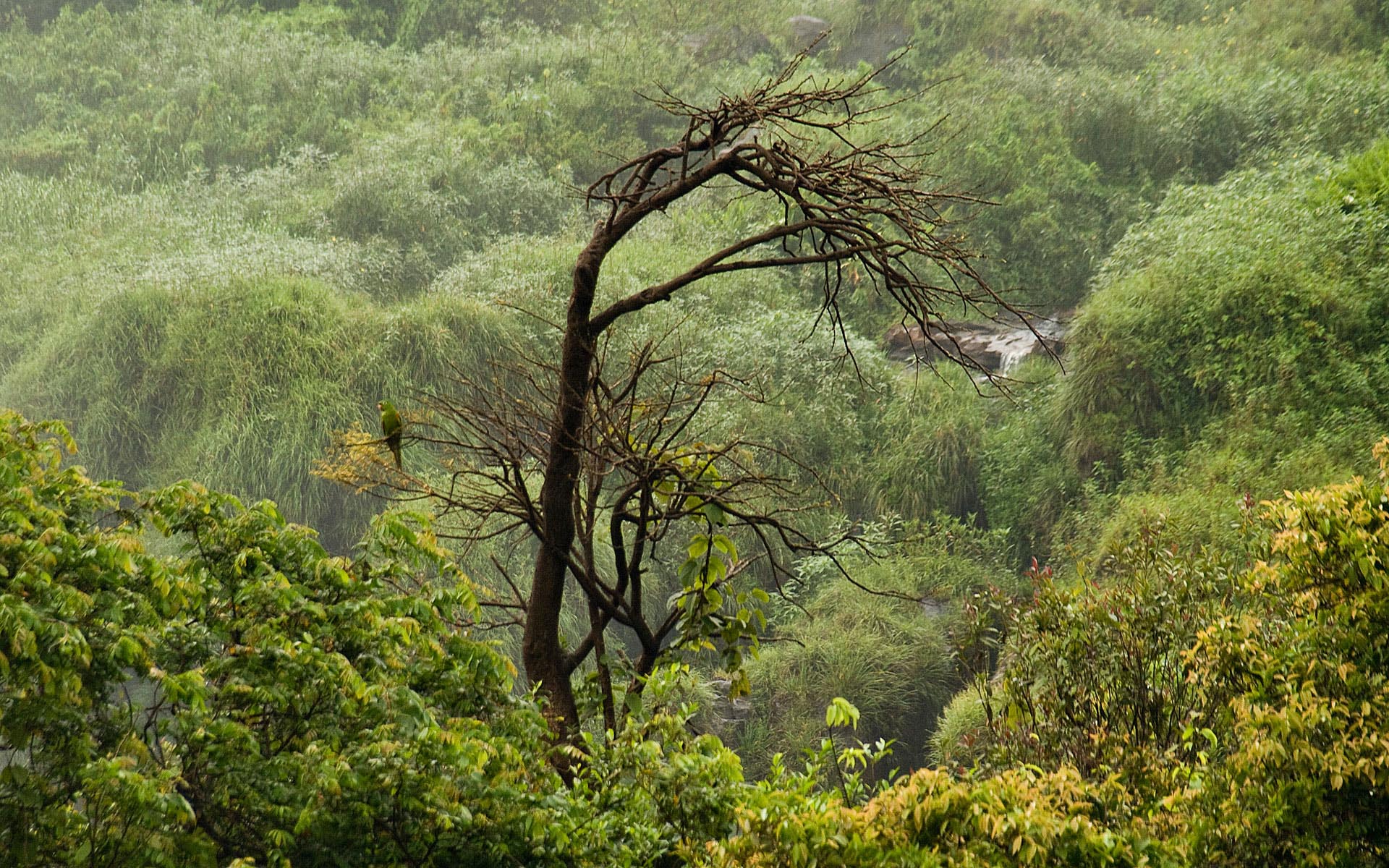
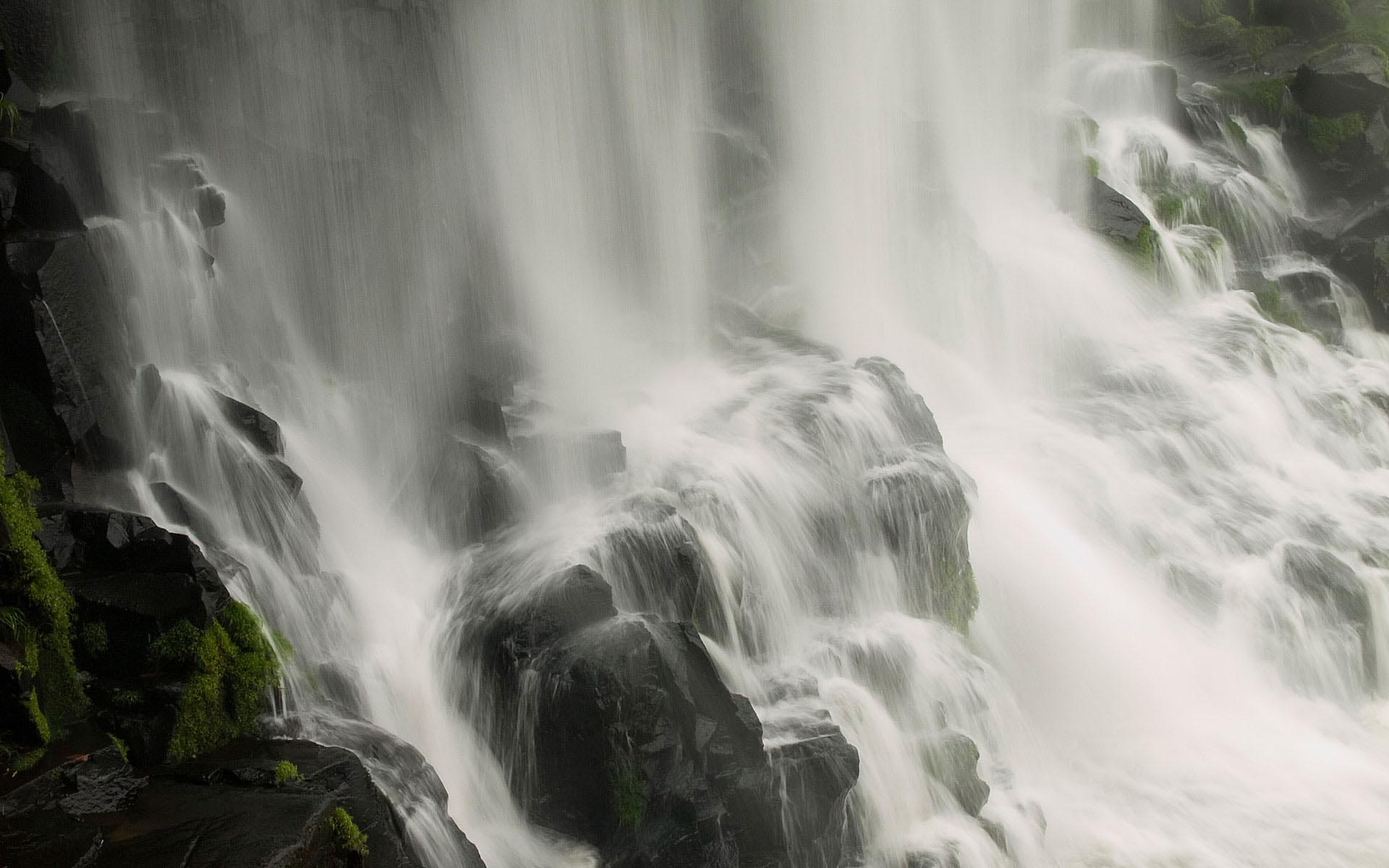
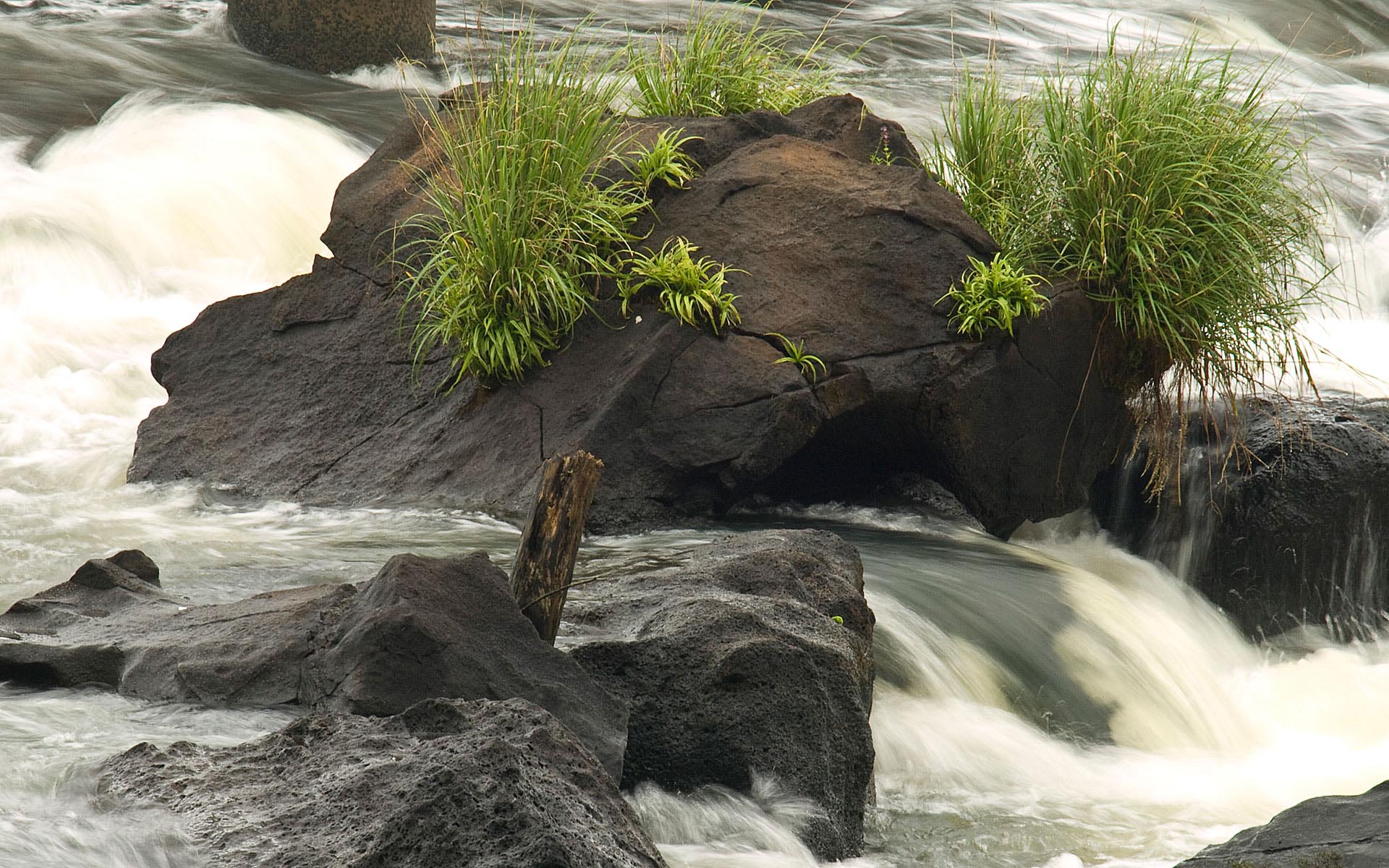
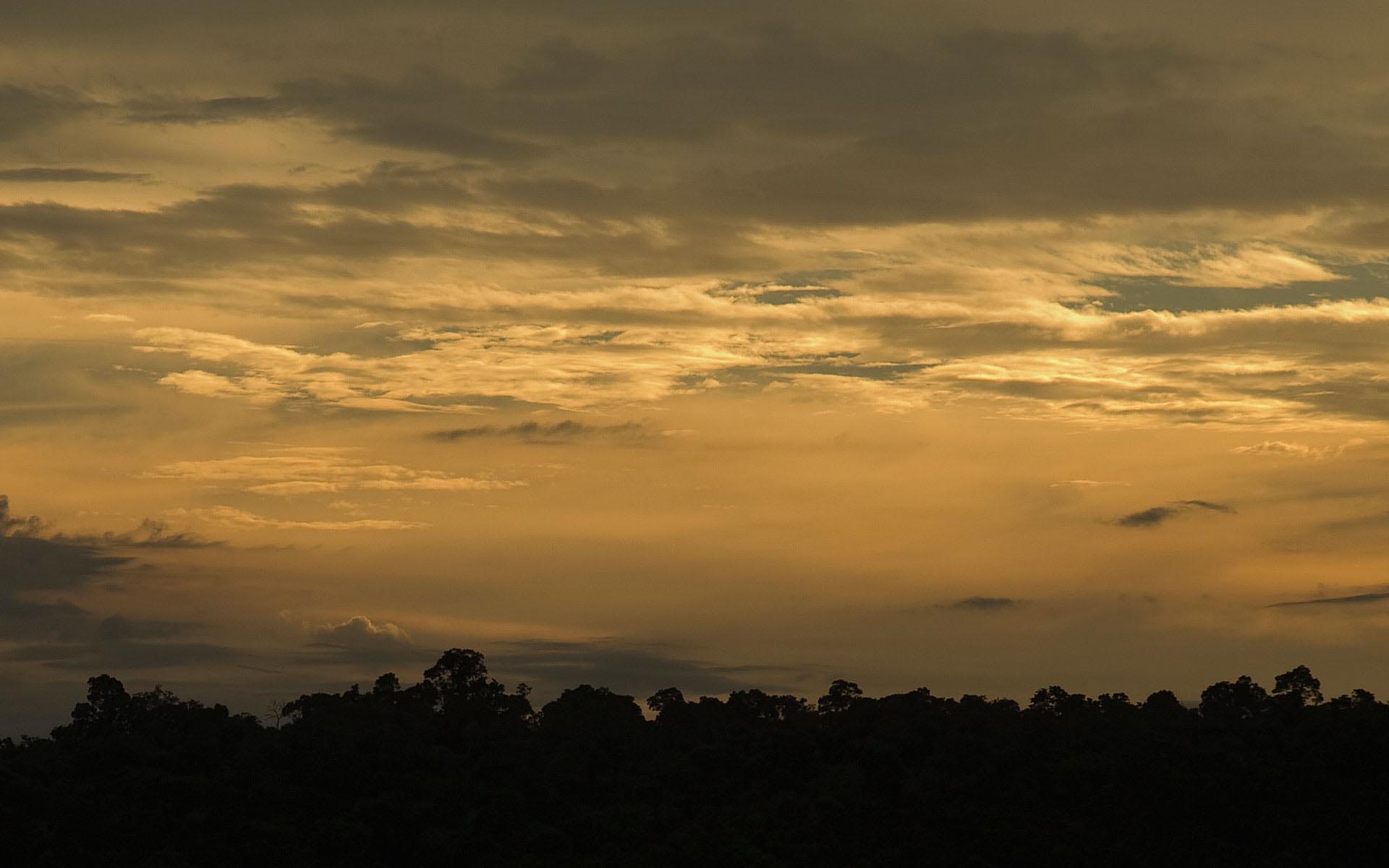
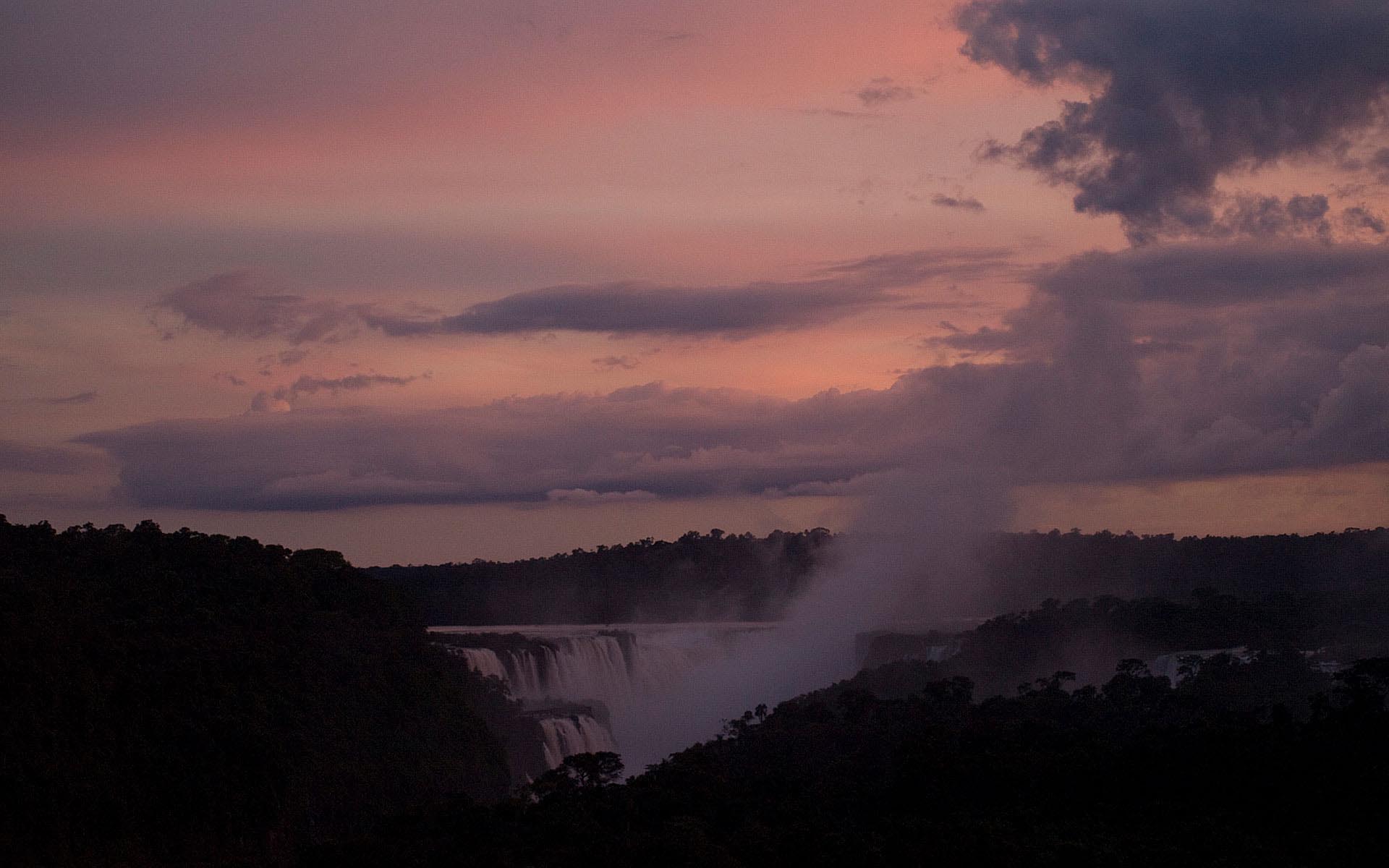
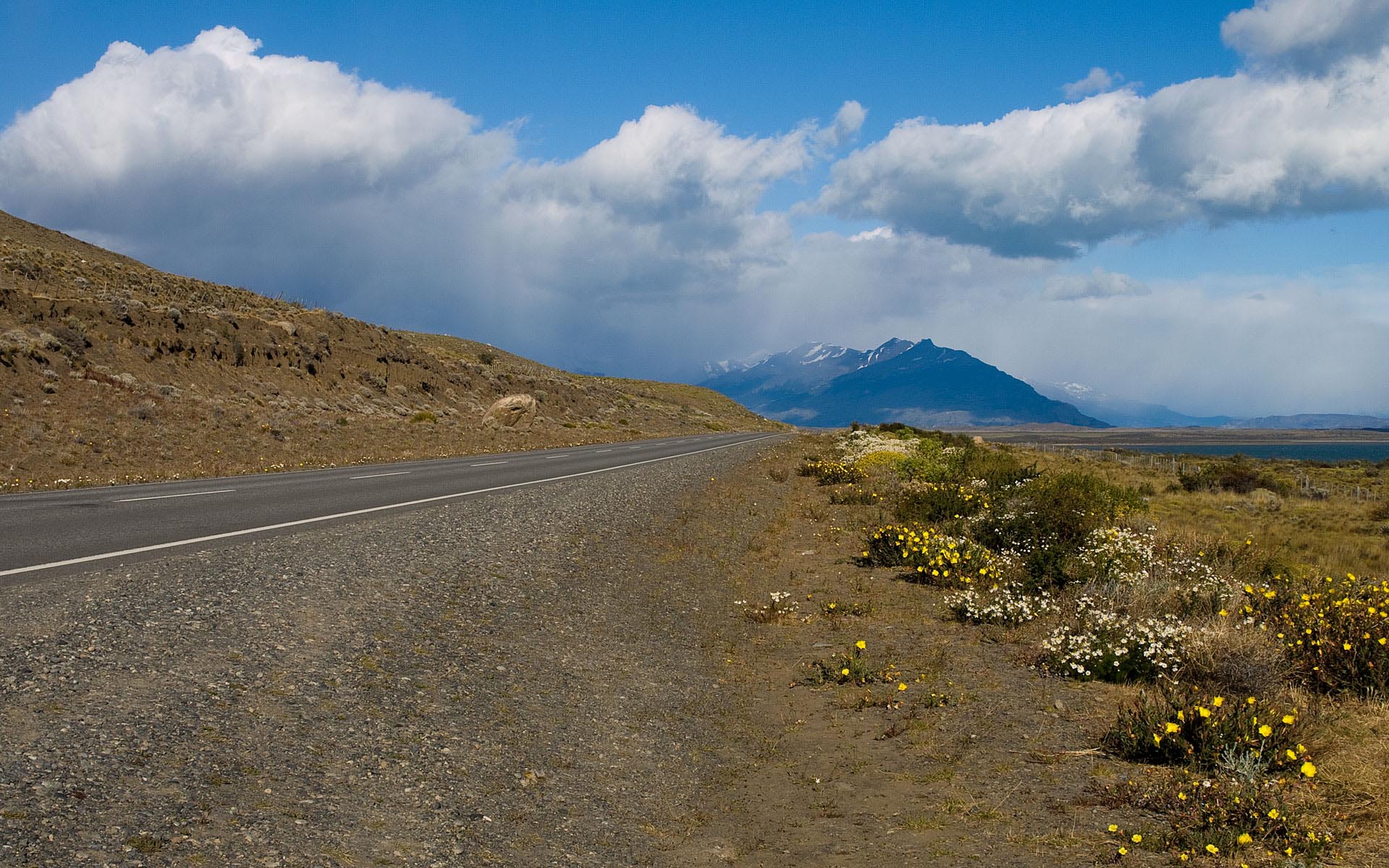
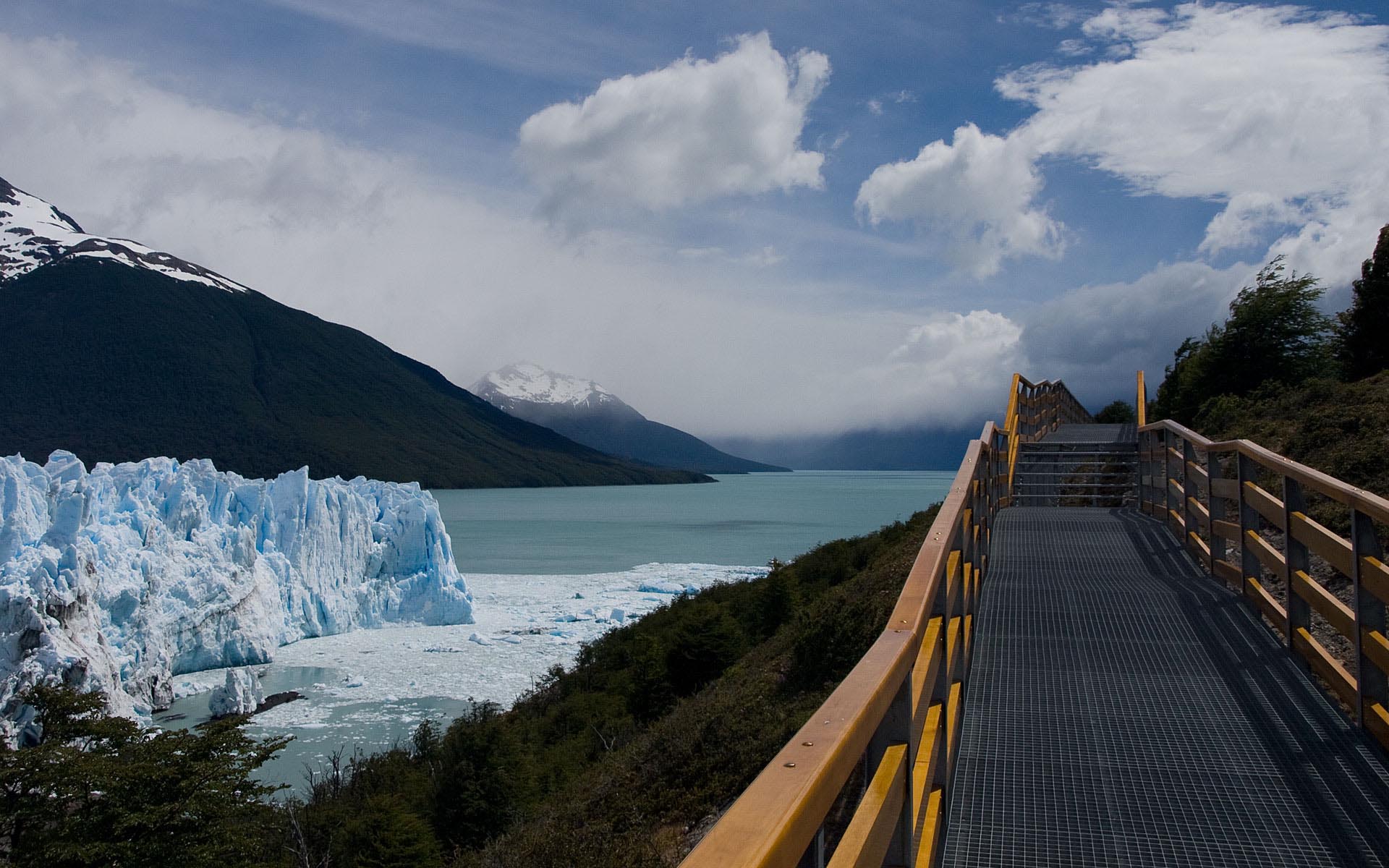
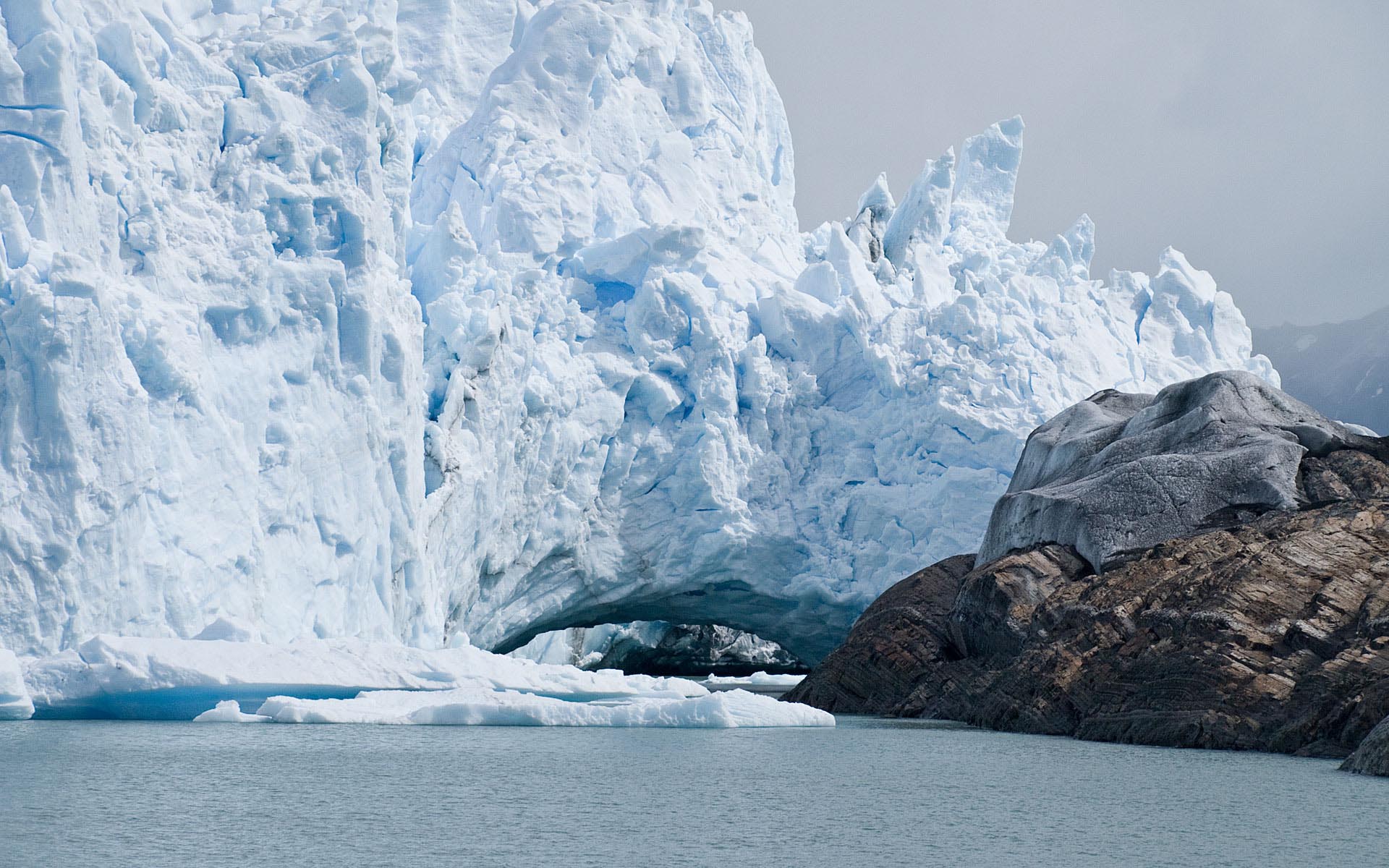
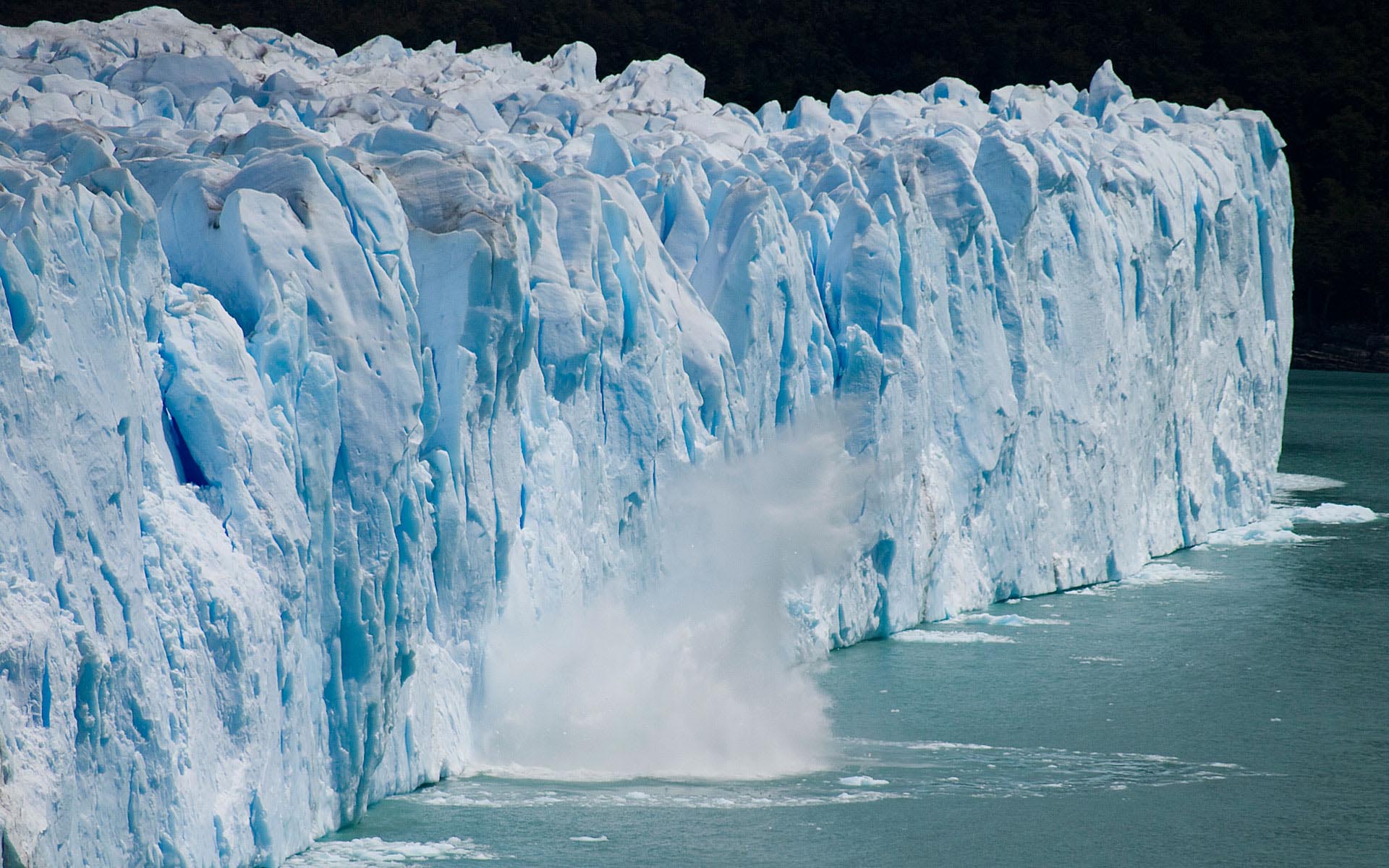
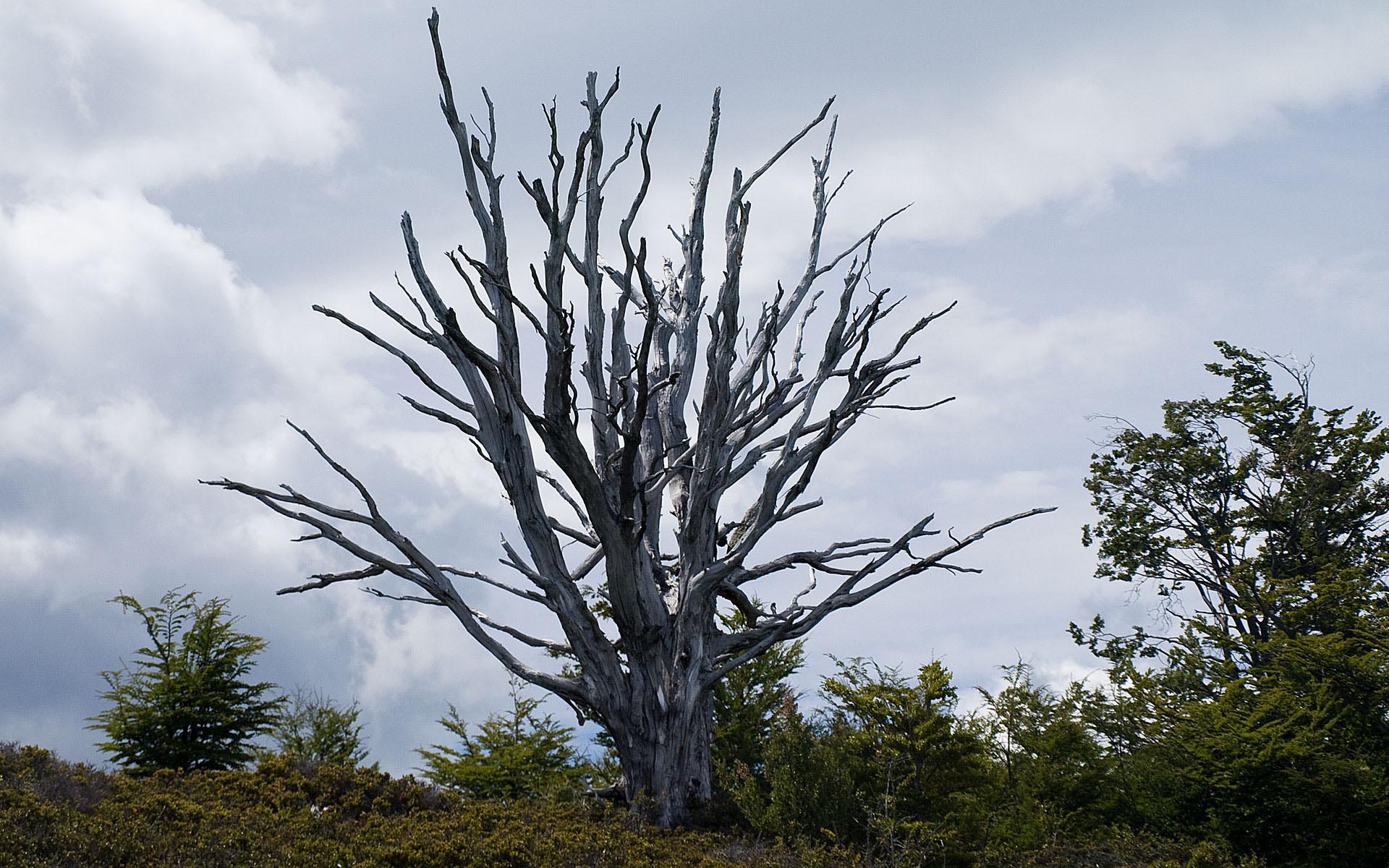
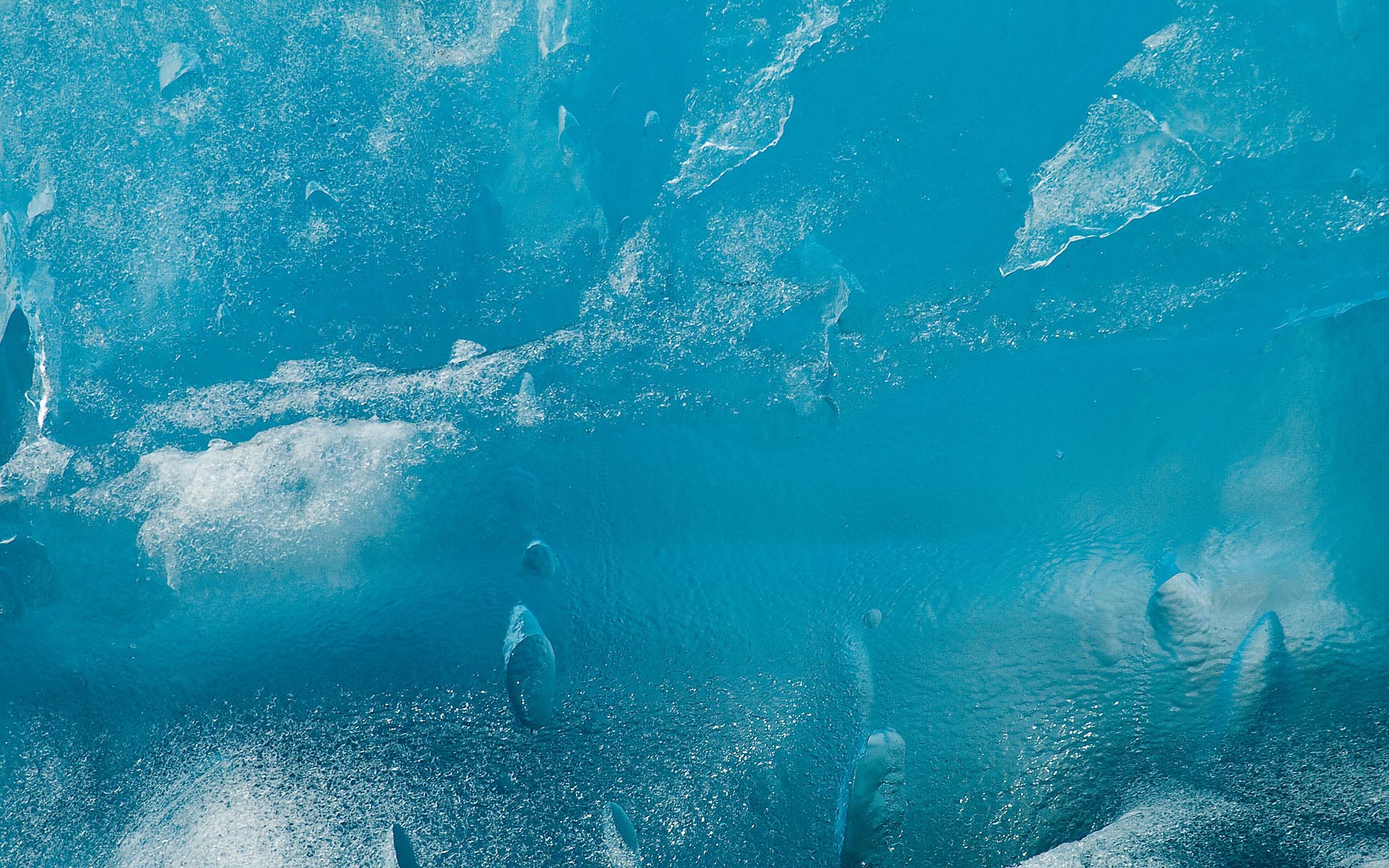
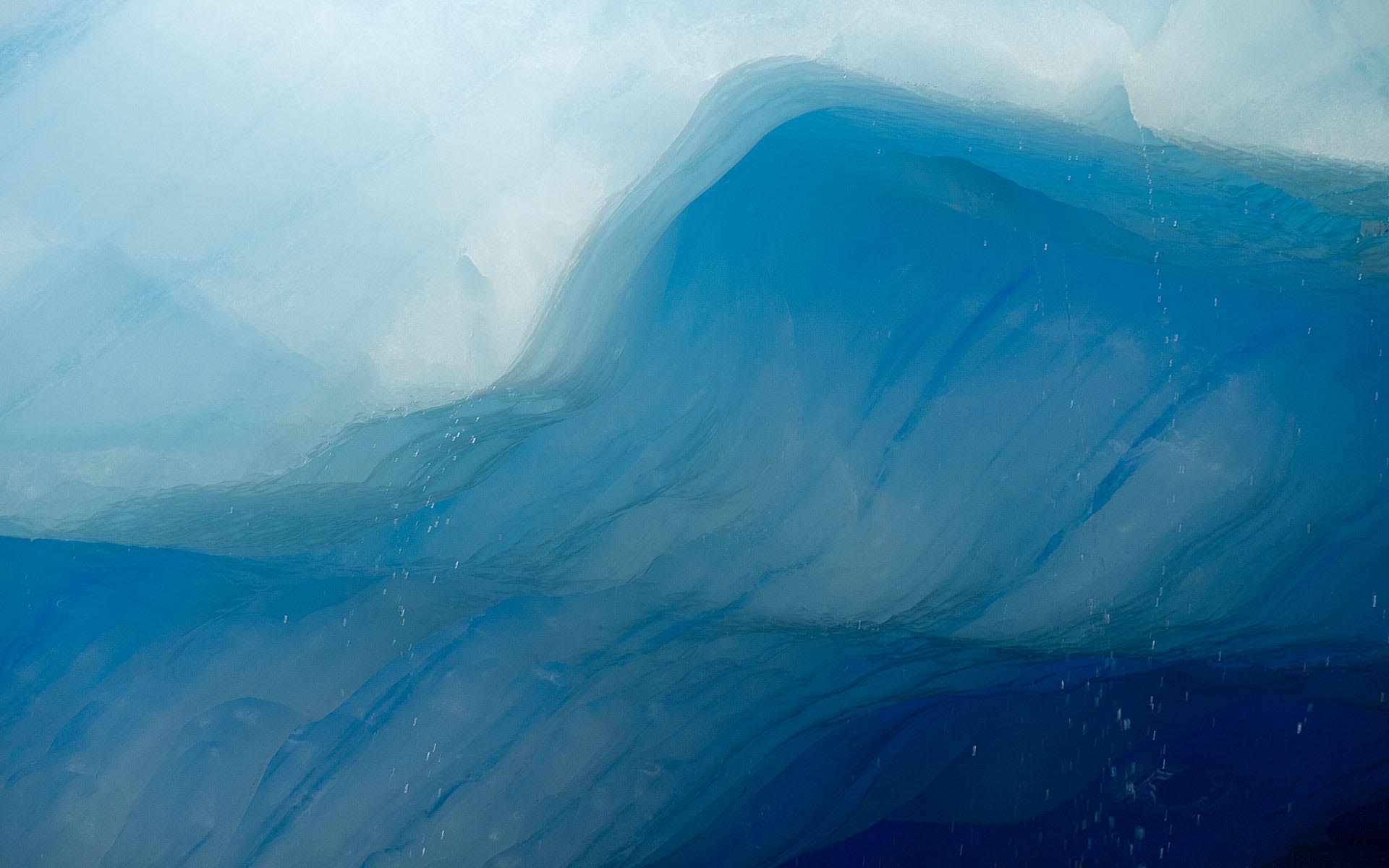
Buenos Aires is the capital and largest city of Argentina, and the second-largest metropolitan area in South America. It is located on the western shore of the estuary of the Río de la Plata, on the southeastern coast of the South American continent.
La Boca is a neighborhood, or barrio of the Argentine capital, Buenos Aires. It retains a strong European flavour, with many of its early settlers being from the Italian city of Genoa. La Boca is a popular destination for tourists visiting Argentina, with its colourful houses and pedestrian street, the Caminito, where tango artists perform and tango-related memorabilia is sold.
María Eva Duarte de Perón (7 May 1919 – 26 July 1952) was the second wife of President Juan Perón (1895–1974) and served as the First Lady of Argentina from 1946 until her death in 1952. She is often referred to as simply Eva Perón, or by the affectionate Spanish language diminutive Evita.
Argentine tango is a social dance and musical genre, written in 4/4 measure and with binary musical form. Its lyrics and music are marked by nostalgia, expressed through melodic instruments like the bandoneon. Argentine tango music is much more varied than ballroom tango music.
Argentine tango dancing consists of a variety of styles that developed in different regions and eras. Argentine tango is danced in an embrace that can vary from very open, in which leader and follower connect at arms length, to very closed, in which the connection is chest-to-chest, or anywhere in between. Tango dance is essentially walking with a partner and the music.
Iguazú Falls is located where the Iguazú River tumbles over the edge of the Paraná Plateau. Numerous islands along the 2.7 km long edge divide the falls into about 275 separate waterfalls and cataracts, varying between 60 metres and 82 metres high. About half of the river's flow falls into a long and narrow chasm called the Devil's Throat (Garganta del Diablo in Spanish or Garganta do Diabo in Portuguese).
The Devil's Throat is U-shaped, 82-meter-high, 150-meter-wide, and 700-meter-long. The border between Argentina and Brazil runs through the Devil's Throat. Two-thirds of the falls are within Argentine territory.
The water of the lower Iguazú collects in a canyon that drains in the Paraná River. The junction of the water flows marks the border between Brazil, Argentina, and Paraguay. There are points in the cities of Foz do Iguaçu, Brazil, Puerto Iguazú, Argentina, and Ciudad del Este, Paraguay, which have access to the Iguazu River where the borders of all three countries can be seen.
The name "Iguazu" comes from Guarani or Tupi words y, meaning "water", and ûasú, meaning "big". Legend has it that a god planned to marry a beautiful woman named Naipí, who fled with her mortal lover Tarobá in a canoe. In rage the god sliced the river, creating the waterfalls and condemning the lovers to an eternal fall.
The falls can be reached from the 2 main towns on either side of the falls: Foz do Iguaçu in Brazil and Puerto Iguazú in Argentina, as well as from Ciudad del Este, Paraguay on the other side of the Parana river. The falls are shared by the Iguazú National Park (Argentina) and Iguaçu National Park (Brazil). The two parks were designated UNESCO World Heritage Sites in 1984 and 1987, respectively.
The Iguazú National Park lies within the Alto Paraná Atlantic forests ecoregion. The fauna of the park includes several endangered species: jaguar, jaguarundi, South American Tapir, Ocelot, tirica, anteater, pavas de monte, the Harpy Eagle, and the Yacare Caiman.
Mist rises between 30 metres and 150 m from Iguazú's Devil's Throat. At one point a person can stand and be surrounded by 260 degrees of waterfalls. The Devil's Throat has water pouring into it from three sides.
Patagonia is a region located in Argentina and Chile, integrating the southernmost section of the Andes mountains to the southwest towards the Pacific ocean and from the east of the cordillera to the valleys it follows south through Colorado River towards Carmen de Patagones in the Atlantic Ocean. To the west, it includes the territory of Valdivia through Tierra del Fuego archipelago.
Parque Nacional Los Glaciares is a national park in the Santa Cruz Province. It comprises an area of 4459 km². In 1981 it was declared a World Heritage Site by UNESCO. It is the second largest National Park in Argentina. Its name refers to the giant ice cap in the Andes range that feeds 47 large glaciers.
The ice cap is the largest outside of Antarctica and Greenland. Los Glaciares, of which 30% is covered by ice, can be divided in two parts, each corresponding with one of the two elongated big lakes partially contained by the Park. Lake Argentino, 1,466 km² and the largest in Argentina, is in the south, while Lake Viedma, 1,100 km², is in the north.
The Perito Moreno Glacier is one of only three Patagonian glaciers that is growing. Periodically the glacier advances over the L-shaped "Lago Argentino" forming a natural dam which separates the two halves of the lake when it reaches the opposite shore. The enormous pressure produced by the height of the dammed water finally breaks the ice barrier holding it back, in a spectacular rupture event.
The mountains hold most of the humidity from the Pacific Ocean, letting through only the ice coldness (annual average of 7.5°C) and creating the arid Patagonian steppe on the Argentine side of the range. This area is habitat for ñandúes, guanaco, cougar, and gray fox. There are over 1000 species of birds in the area (condors, eagles, and others).
The Upsala Glacier is a large valley glacier in Los Glaciares National Park. It flows out from the Southern Patagonian Ice Field. The terminus of the glacier is at Lago Argentino. The Upsala Glacier is well known for its rapid retreat, which many see as evidence for global warming, but the glacier's almost continual recession up until 1999 has recently slowed (as of 2003).
Lago Argentino is the biggest freshwater lake in Argentina, with a surface area of 1,466 km². It has an average depth of 150 m and a maximum depth of 500 m. The lake lies in a landscape with numerous glaciers and is fed by the glacial meltwater of several rivers, the water from Lake Viedma brought by the La Leona River, and many mountain streams.
